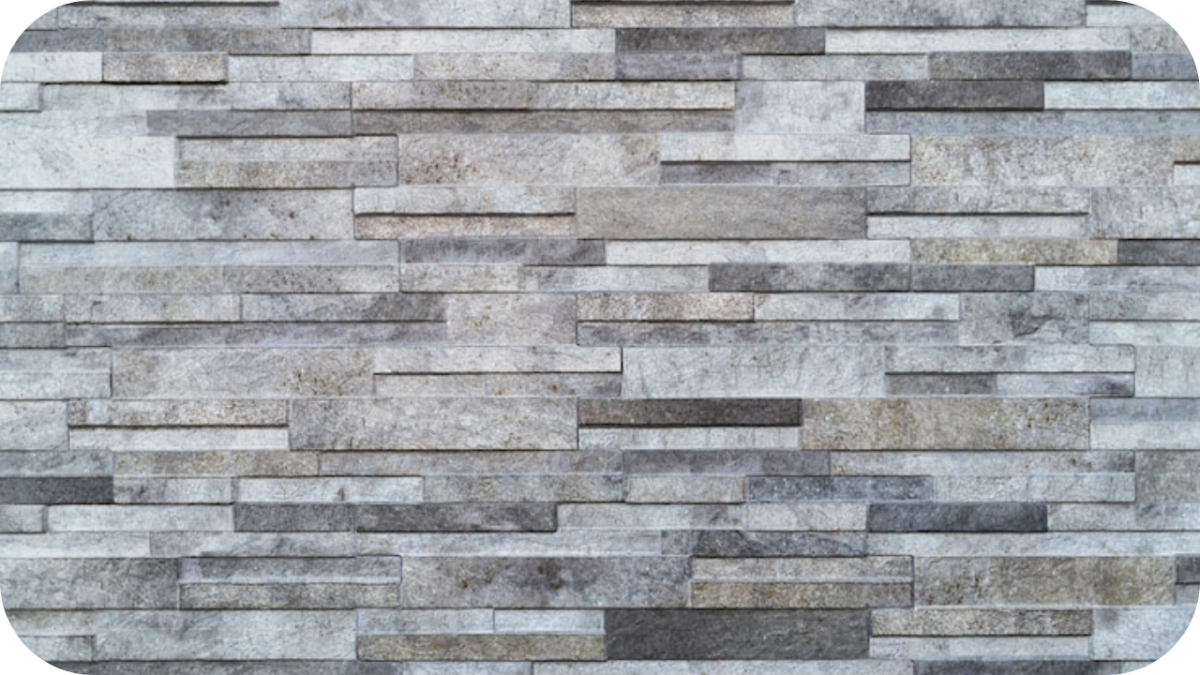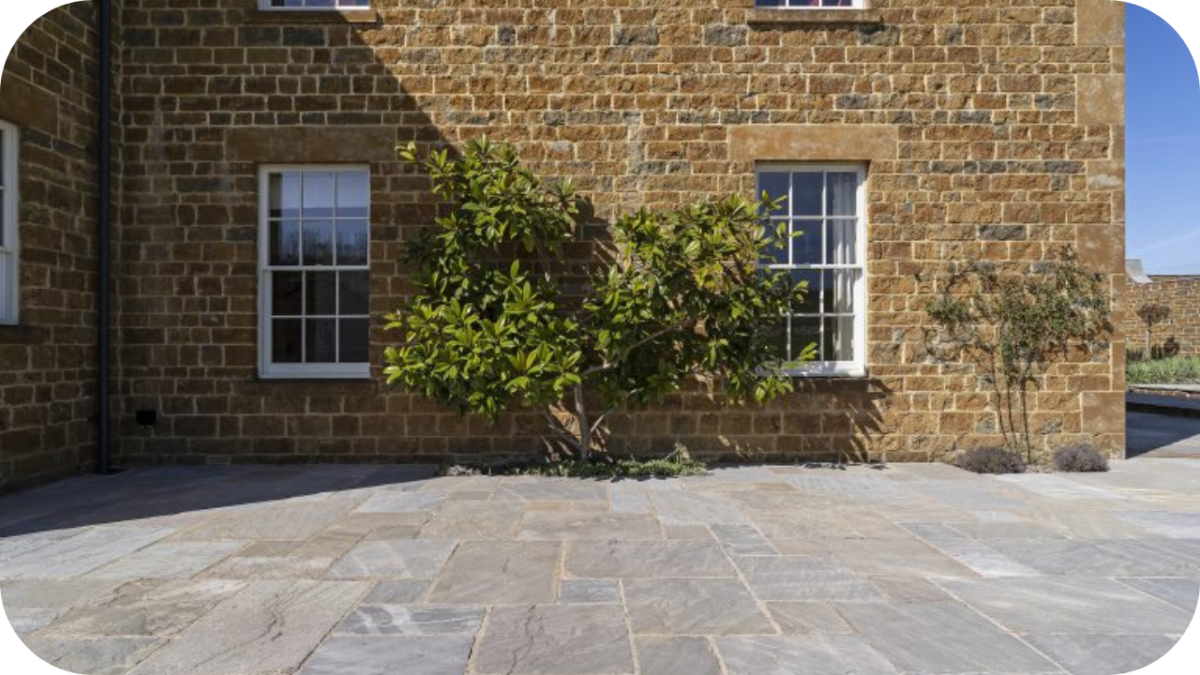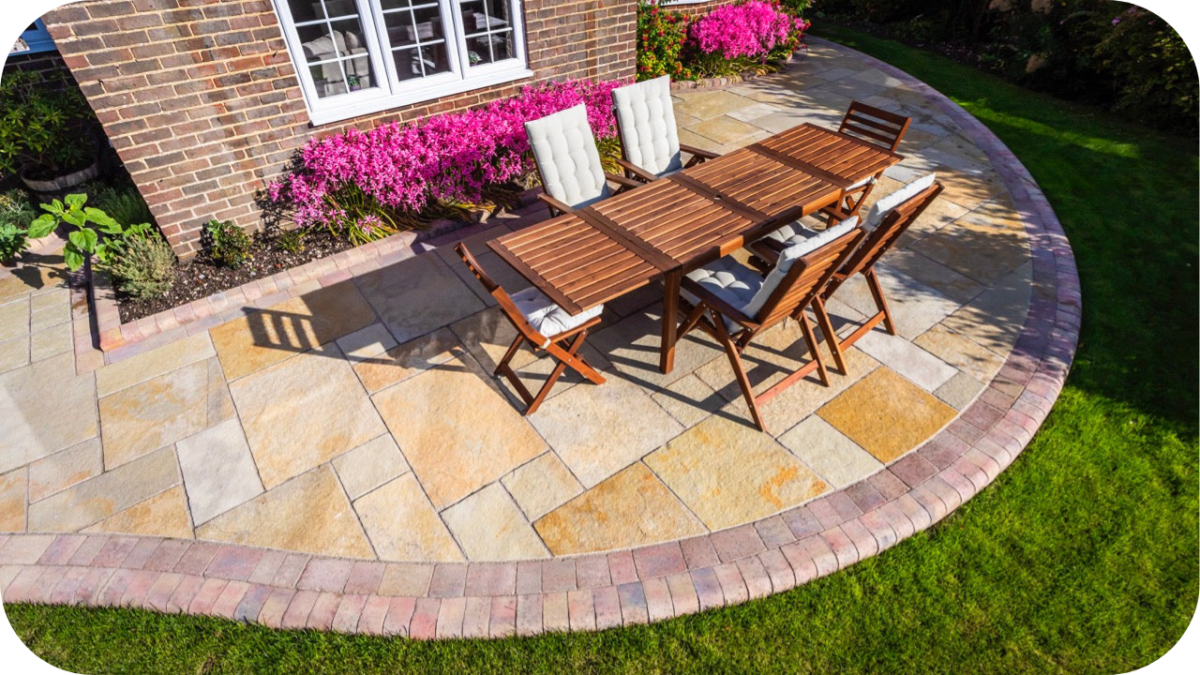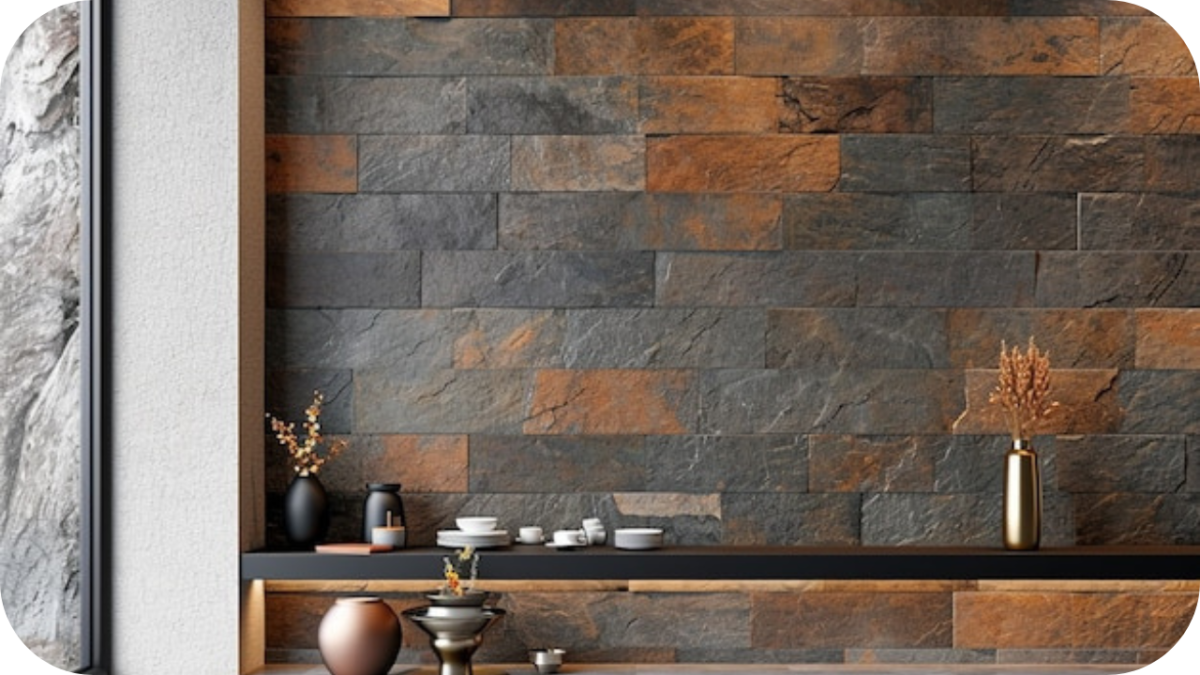Stone Interiors That Pair Well with Neutral Palettes
Ever walked into a room and felt instantly at ease? That’s the quiet magic of neutral palettes paired with natural stone. This timeless combination brings warmth, depth and elegance to any space, from soft beige walls to textured limestone accents.
Whether you’re styling a living area, hallway or feature wall, stone interiors offer a grounded, organic feel that suits every aesthetic. Ready to elevate your interior design? Let’s look at how natural stone can beautifully enhance your neutral-toned home.
Why Neutral Colour Palettes Are a Favourite in Interior Design
Neutral colour palettes have long been a staple in interior design due to their versatility, timeless appeal and ability to create calm, cohesive spaces.
Shades like beige, taupe, ivory and soft grey act as a balanced backdrop that allows other design elements such as texture, shape and material to take centre stage.
Their subtlety makes them ideal for highlighting natural features like stone walls or accents without overwhelming the space.
Design professionals often recommend neutrals for their adaptability across styles, from contemporary to rustic and everything in between. These hues reflect natural light beautifully, helping rooms feel more spacious and inviting. Importantly, they also offer longevity, ensuring interiors will not feel outdated as trends evolve.
For homeowners and designers alike, neutral palettes support consistency throughout a home while allowing flexibility to add layers of interest with natural stone, timber and soft furnishings.
How Natural Stone Enhances Neutral Interior Schemes
Pairing natural stone with a neutral palette is visually appealing and a smart design choice. It creates harmony, adds depth and brings a sense of calm sophistication. Below are the key ways natural stone enhances neutral interiors:
- Adds texture and depth: Natural stone introduces dimension to neutral spaces, preventing them from appearing flat or monotonous.
- Creates subtle contrast: The organic variation in stone gently offsets soft tones like beige, ivory and muted grey.
- Pairs seamlessly with neutrals: Limestone, travertine and quartzite work effortlessly with neutral colour schemes.
- Grounds the space: Interior designers often use stone to anchor a room and add visual stability.
- Enhances light interaction: Stone surfaces reflect and diffuse light to enrich the overall ambience.
- Suits a range of styles: Whether used in modern, rustic or classic interiors, stone remains versatile.
- Provides lasting appeal: The timeless nature of stone aligns perfectly with the longevity of neutral palettes.
- Adds authenticity: Natural materials offer texture and tactile richness that manufactured options lack.
- Defines focal points: Ideal for feature walls, fireplaces and accent sections in neutral-toned space
Best Stone Types for Neutral Interiors
The right stone can elevate a neutral palette with texture, warmth and lasting style. Here are the top choices:
1. Limestone: Understated and Organic
Limestone is ideal for soft, neutral interiors where subtlety matters. With gentle veining and a matte finish, it complements shades like ivory, beige and taupe. Its earthy texture adds warmth without dominating the space.
Designed for its versatility, limestone works well in contemporary, classic or coastal-inspired schemes focused on calm and cohesion.
2. Sandstone: Soft Textures for Calm Spaces
Sandstone’s naturally grainy texture and warm undertones make it a perfect match for serene, neutral spaces. It brings a relaxed, grounded feel while blending effortlessly with creams, greys and light browns.
Used in both rustic and modern interiors, sandstone enhances spatial harmony without compromising on depth or tactile interest.
3. Marble: Sophistication in Every Vein
Marble remains a timeless choice for adding refinement to neutral interiors. Its soft veining and polished surface provide subtle visual movement, making it ideal for elegant feature walls or fireplace surrounds.
White or light grey marble pairs effortlessly with minimalist palettes, offering luxury and balance in understated spaces.
4. Quartzite: Nature’s Take on Subtle Drama
Quartzite delivers natural beauty with a touch of contrast, ideal for those who want texture without overpowering the room. Its refined surface and gentle veining make it a brilliant addition to soft colour palettes.
5. Travertine: Warmth with Character
Travertine’s aged, organic look suits Mediterranean, traditional and contemporary interiors. Its creamy tones and soft pits introduce texture and warmth without disrupting the neutrality of a space. It’s natural variation brings depth while aligning perfectly with calm, cohesive colour schemes.
6. Granite: Bold Neutrals, Lasting Impact
Granite stone provides a robust, refined texture that complements deeper neutrals like charcoal, stone and mushroom. Its subtle sparkle and patterned movement create visual interest in spaces where more subdued stones may blend too quietly.
How to Incorporate Stone in Neutral Interior Spaces
Stone brings understated drama and organic texture to interiors rooted in soft, neutral tones. But to make it truly work, placement and material selection must be deliberate. Here are the most effective ways to introduce natural stone into neutral spaces:
1. Feature Walls with Stone: Elevating Neutral Spaces
A stone feature wall adds depth and character to a neutral interior without disrupting its calm and cohesive tone.
Designers often use it as a focal point, drawing the eye with natural texture while maintaining a soft, organic feel. Using limestone, travertine or sandstone, stone introduces visual interest through its unique patterns and surface variation.
A well-placed stone feature wall can create a sense of grounded elegance in living rooms, bedrooms or entryways. It pairs effortlessly with neutral colour schemes by enhancing warmth and contrast subtly. Unlike bold paint or wallpaper, stone offers longevity and timeless appeal.
Professionals recommend choosing stones with soft tones and minimal veining for understated spaces, while textured finishes can add depth to minimalist settings.
2. Stone Fireplaces in Neutral Interior Designs
A stone fireplace adds both function and design impact to neutral interiors. It is a natural focal point, introducing texture, warmth and visual balance without overpowering the room. Stones like limestone, travertine and marble work exceptionally well, offering tonal harmony with beige, taupe and grey palettes.
Design professionals favour stone fireplaces for their timeless aesthetic and material durability. Whether polished or rough-hewn, the surface texture enhances the softness of neutral colour schemes, creating a layered, inviting look.
In modern homes, clean-lined stone surrounds add elegance, while more rustic textures suit traditional or country-style spaces.
Stone also absorbs and radiates heat efficiently, making it practical and beautiful. Interior designers often echo the fireplace stone in other architectural features or accent walls for consistency.
3. Styling Stone Accents in a Neutral Interior
Stone accents can elevate a neutral interior by adding depth, texture and subtle contrast without disrupting the overall calm of the space. Interior designers often recommend using stone in architectural details such as alcoves, mantels, columns or wall niches to introduce visual interest while maintaining balance.
Soft-toned stones like sandstone, limestone or travertine work best, blending effortlessly with whites, greys and beiges. The key is restraint. Using stone in a focused and deliberate way helps prevent visual clutter and maintains the serenity of the space. Pairing these accents with natural timber, rattan, or linen materials enhances warmth and cohesion.
Lighting is vital in highlighting the stone’s texture and natural variation. Wall washers, uplights or subtle ambient lighting can emphasise the material’s character without being overpowering.
4. Soft-Toned Stone Bathroom Features for a Spa-Like Feel
Stone is a natural choice for bathrooms designed around a neutral colour scheme. Materials like beige limestone, light grey quartzite, or ivory marble bring warmth and serenity to vanities, walls, and floors.
These tones create a spa-inspired retreat, enhanced by natural light, soft towels, and brass or brushed nickel fittings. To maintain consistency, keep grout lines subtle and match accessories to the stone’s undertones.
Why Choose Splendour in Stone for Neutral Interior Designs
Choosing the right supplier is essential when designing with natural stone. Here’s why Splendour in Stone is trusted across Australia for creating elegant neutral interiors:
- Extensive expertise: Years of industry experience supplying premium natural stone for Australian homes and design projects.
- Tailored selection: Every stone is chosen for its colour consistency, surface quality and ability to complement neutral palettes.
- Specialised offerings: We provide feature wall cladding, fireplace surrounds, and stone accents suited for soft, earthy interiors.
- Premium materials: Our range includes limestone, sandstone, travertine, quartzite, and marble in finishes ideal for subtle, calming spaces.
- Personalised support: Clients receive expert guidance, hands-on assistance and access to a curated showroom for confident selection.
- Commitment to quality: All products meet high durability and aesthetic appeal standards.
- Trusted by professionals: Designers, builders and homeowners alike rely on Splendour in Stone for timeless results.
- Consistent design outcomes: Our materials help create cohesive, long-lasting interiors with a refined, grounded look.
- Australia-wide delivery: We service clients nationwide with reliable, timely delivery on all orders.
- Project flexibility: Whether working on a small residential project or large-scale development, we offer scalable solutions.
- Visual harmony: Our stones are selected to harmonise with neutral palettes, enhancing texture without overwhelming a space.
Conclusion
Natural stone brings unmatched texture, warmth and depth to neutral interiors, turning simplicity into sophistication.
If you’re ready to elevate your space with materials that speak softly yet make a lasting impression, visit the Splendour in Stone showroom or request a sample today. Let us help you create a calm, timeless interior that feels as good as it looks.












